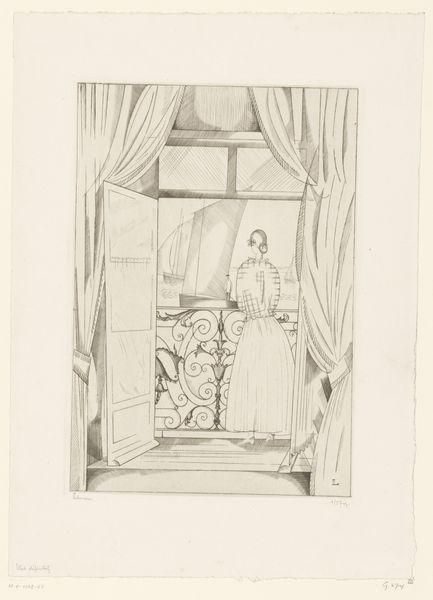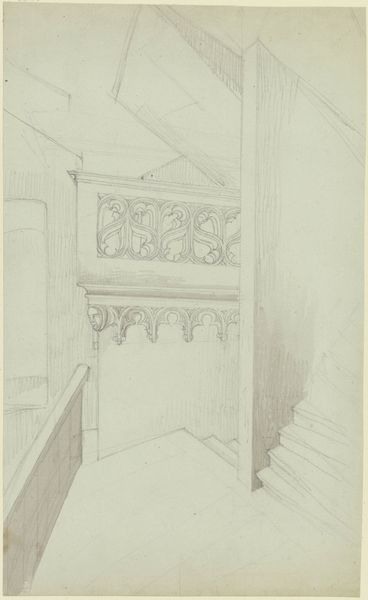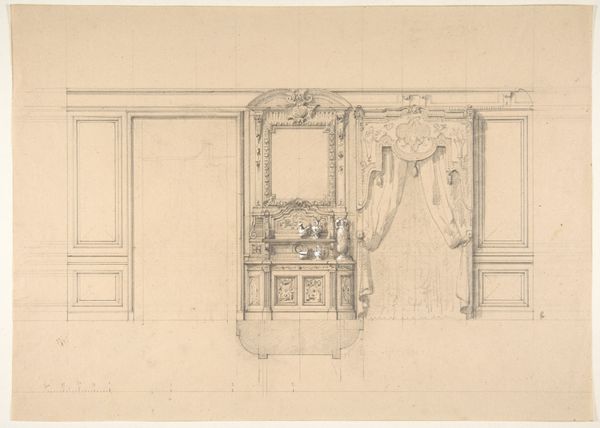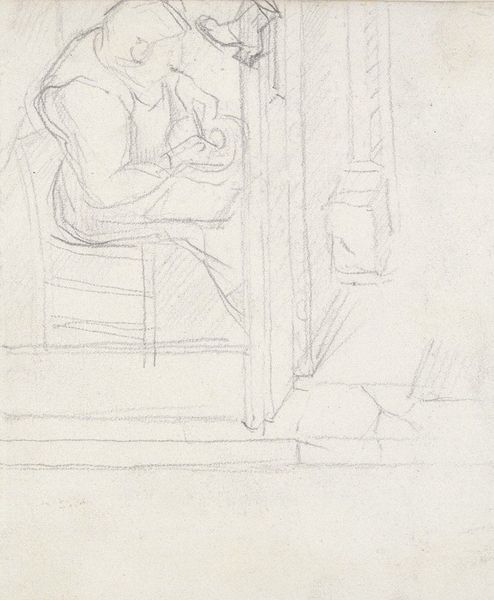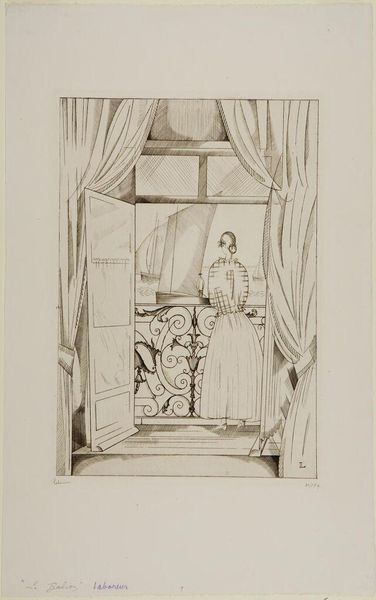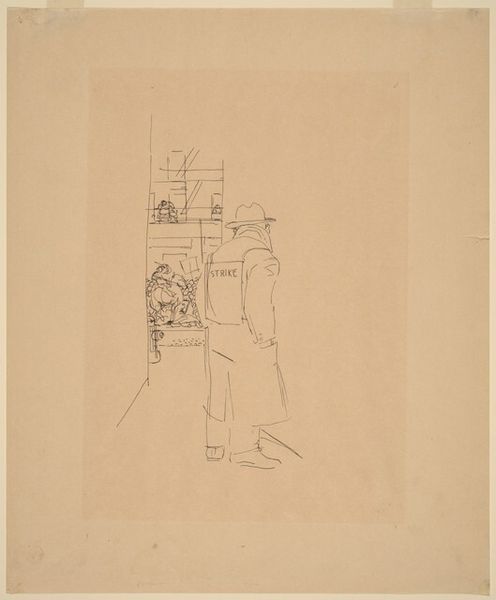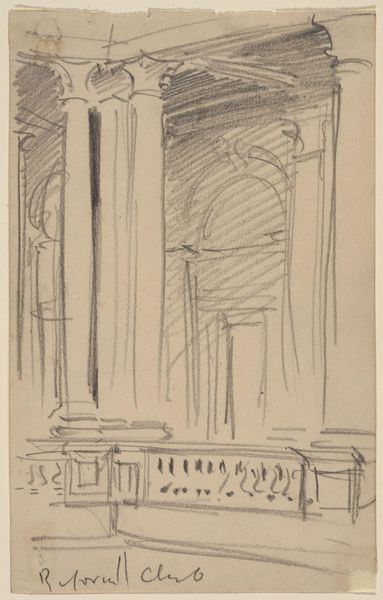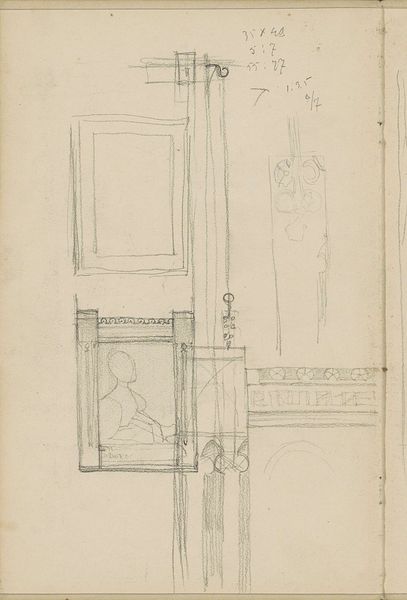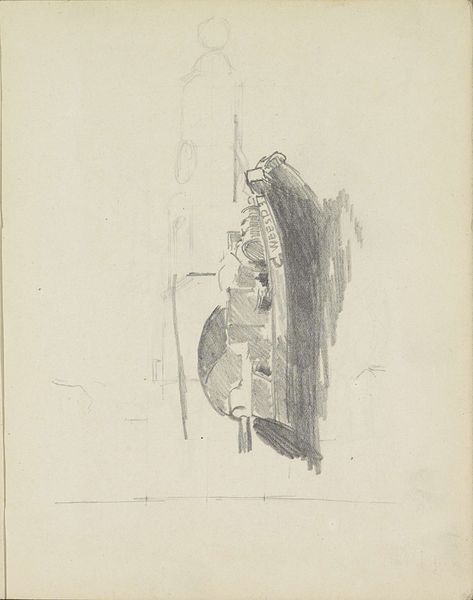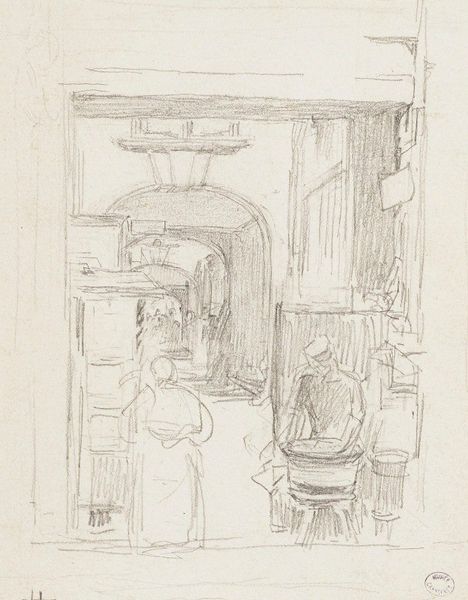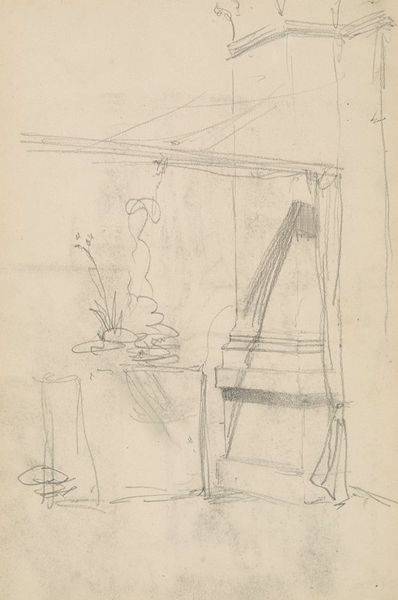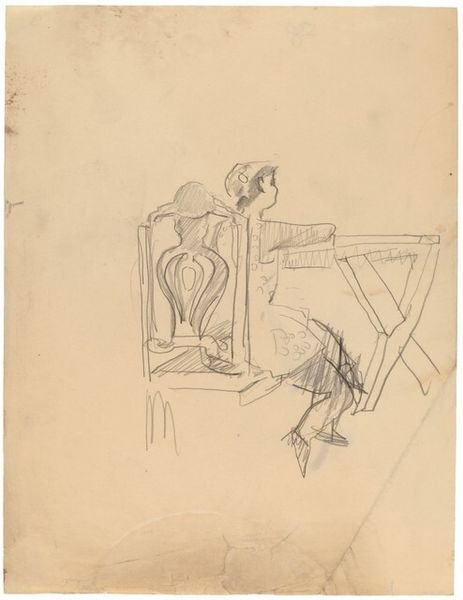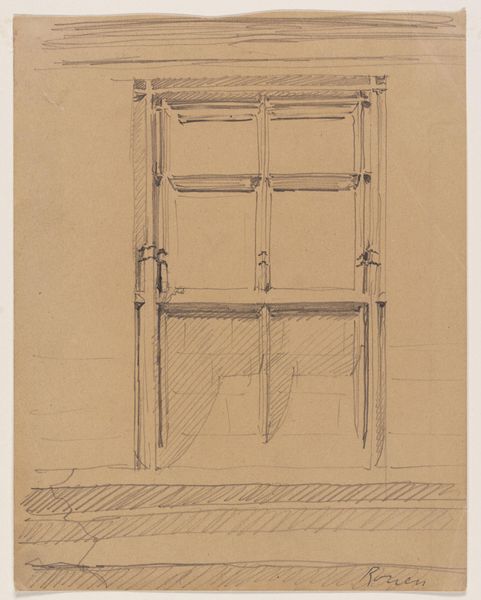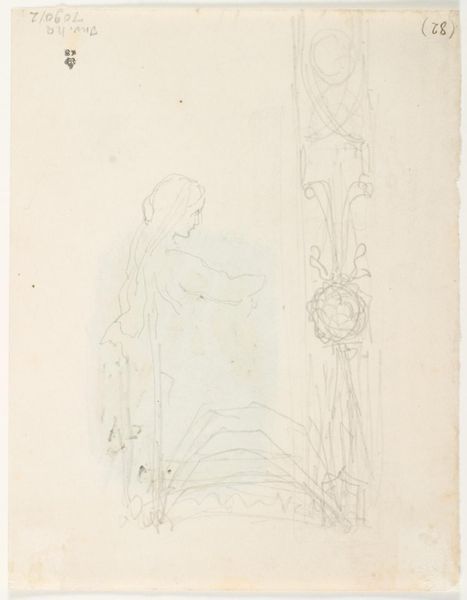
drawing, pencil
#
drawing
#
landscape
#
etching
#
figuration
#
intimism
#
pencil
Dimensions: image: 29 x 20 cm (11 7/16 x 7 7/8 in.) sheet: 34.8 x 24.5 cm (13 11/16 x 9 5/8 in.)
Copyright: National Gallery of Art: CC0 1.0
Editor: Here we have Jean-Émile Laboureur’s 1923 piece, “La Fenêtre sur la Mer (The Window onto the Sea),” rendered in pencil and etching. The somber yet peaceful mood really strikes me. What do you see in this work? Curator: This piece speaks volumes about the interwar period in France. The open window, a classic symbol of Romanticism, is recontextualized. Laboureur seems to be deliberately framing a scene of quiet domesticity against the backdrop of the sea. It asks us to consider: what did the "window" mean for women of the bourgeoisie in the early 1920s? Editor: That’s an interesting point about the societal role of women. The balcony does seem almost like a stage. Curator: Precisely. And that stage overlooks a vast, open sea with sailing ships. Are they leisure vessels or merchant ships? Laboureur gives us this peaceful image of woman in the domestic setting. Is the sea representative of economic uncertainty after World War 1 or other possibilities? Do the sails represent dreams deferred? It becomes about constraints – seen and unseen. Editor: I didn’t initially see the potential for different interpretations of the sea. Curator: Well, consider also the choice of medium. Pencil and etching. These aren't grand oil paints. These mediums speaks to a certain artistic constraint, reflecting a post-war sensibility that shied away from exuberance. Editor: That makes me appreciate Laboureur's technical skill more and also think about it within the context of rebuilding after the war. Thanks for sharing your insights. Curator: It was my pleasure! This exploration shows how art engages with society in fascinating ways, it offers a window into another time.
Comments
No comments
Be the first to comment and join the conversation on the ultimate creative platform.
